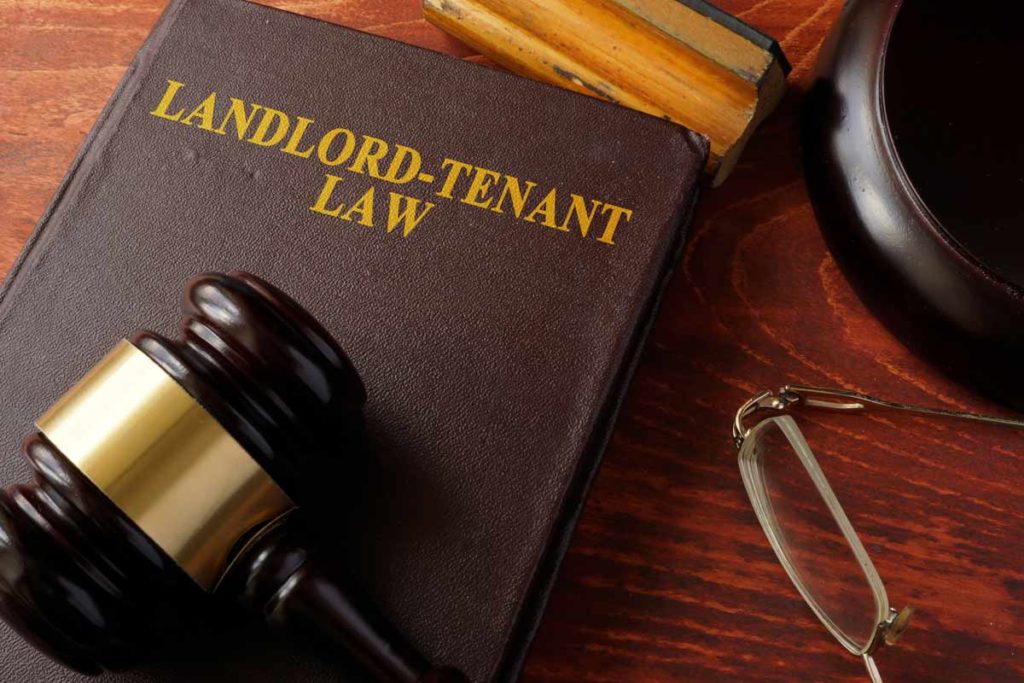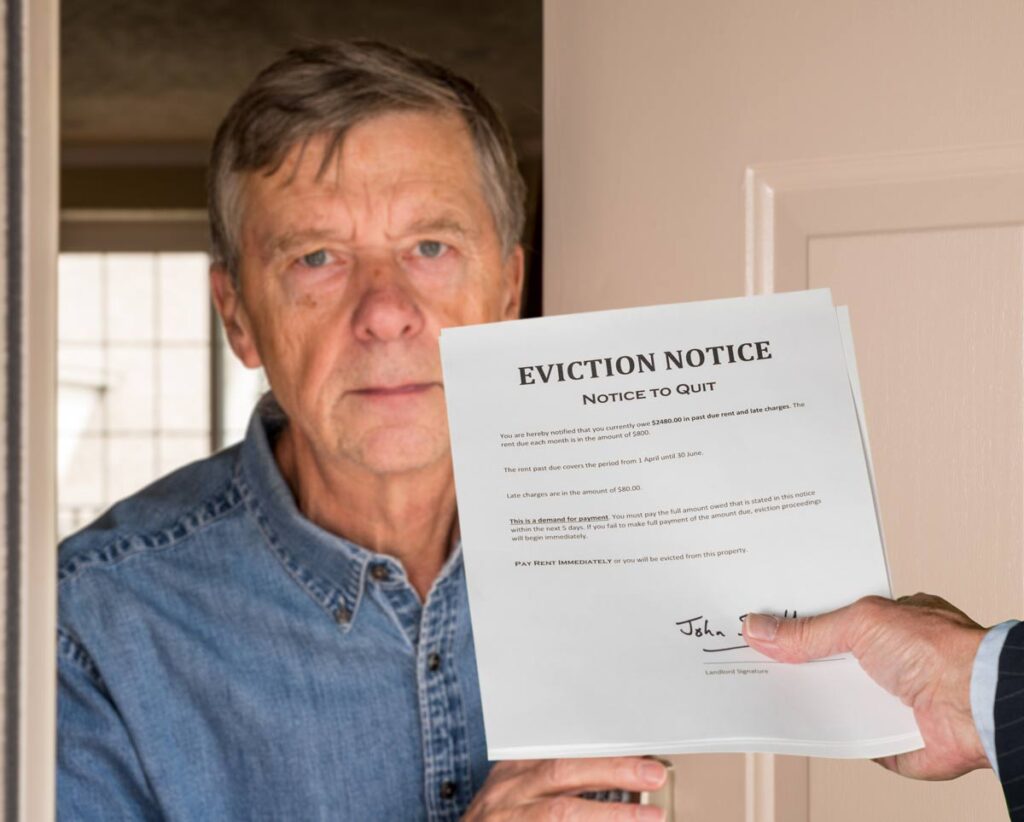There has been a lot of talking lately about a housing crisis across the country. It’s not just housing, either; rampant inflation has caused everything from gasoline to rent to increase this year. Rent prices went up by more than 30% over last year in many of our major cities, like Austin, New York, and Portland. This has led economists and housing advocates to suggest the answer is to create more rent control laws to try to curb rampant inflation.
What is the answer?
The State of Rental Housing
While single home prices increased 18% in 2021, apartment rent prices also went up by 17% during that time. Forbes says that incomes also increased just after the pandemic, which allowed more renters to pursue solo living without a roommate. The problem, they say, is that inflation is rising above the salary gains employees are benefiting from. As gas prices, rent prices, and groceries all go up, renters are feeling the sting. Rent is predicted to rise an average of just over 7% this year across the country, on top of the higher rates already established in 2021. News outlets have dubbed this a “crisis,” and for many renters, it may well be. Forbes suggests the old saying that a week’s wages should cover one month’s rent simply doesn’t exist anymore. The National Low Income Housing Coalition says a minimum wage worker can no longer afford even a modest two-bedroom home by working the usual 40-hour job.
Unfortunately, there aren’t a lot of options for creating short term policies for a perceived housing crisis. That’s why state and local governments often select rent control policies as their preferred method of trying to keep housing costs under control. In California, where more than 150 counties and cities enacted rent control bans during COVID, there has been a wave of what NOLO calls “eviction moratoriums.” These rules include both California rent control laws as well as literally regulating that no tenant can be evicted during the pandemic crisis. Let’s look at the history of California rent control laws for a moment.
History of California Rent Control

In California, rent control is a standard part of the legislative and regulatory control state and local governments try to impose. Rent control laws typically seek to impose a cap on how much a landlord can raise the rent in a given year. They also seek to control how often rent can rise.
On the first day of January two years ago (2020), a new California rent control law went into effect. The California Tenant Protection Act placed a statewide cap for particular types of units affecting several key areas:
- Rent could go up by 5% plus the increase in the regional consumer pricing index (CPI)-or (see below)
- Alternatively, the law said landlords could only raise rents 10% above the lowest rent charged the prior year.
- Landlords could only raise rent two times over any 12-month period.
- Finally, the state law does not override any city or county California rent control measures that are even more restrictive.
Some examples of the local measures that prevent landlords and property owners from raising rent include:
- The City of Berkeley imposes a rent ceiling called an Annual General Adjustment (AGA), which has always been about 65% of whatever the regional CPI is set at. However, you can file for an exemption.
- East Palo Alto has a similar measure, but rent is capped at 80% of the CPI. Also, the overall rent increase cannot exceed 10% in a year.
- Glendale doesn’t technically place a California rent cap on landlords. However, their rules say if rent prices go up by 7% over any 12-month period and the tenant decides to leave because of the price hike, the landlord is responsible for paying the tenant’s relocation fee.
- Los Angeles allows one rent increase each 12-months. It’s also based on the CPI and capped at 3%.
This patchwork of state and local rent control laws makes complying with California rent caps a moving target. To increase the complexities, these rules change frequently.
However, there are some exceptions to California rent control laws that we should mention.
What Are the Exceptions to California Rent Control?
While apartment units are fairly regulated by California rent controls, not all landlord/tenant relationships are that regulated. For example, there was the Costa-Hawkins Rental Housing Act passed in 1995. Costa-Hawkins exempts single family homes, condominiums, and any unit built after February 1, 1995, from California rent control laws. However, local rules may supersede these exemptions.
Costa-Hawkins also allows landlords to raise rents to match the market when tenants move out. It exempts small owner-occupied buildings from rent controls as well as short-term rentals, detached “granny” units, and government subsidized locations. The basic laundry list of exemptions from rent control laws under Costa-Hawkins includes:
- Newer rentals built in the past 10-years.
- Single family homes (unless owned by a corporation).
- Duplexes where the property owner lives in one of the units.
- Buildings that are already subject to local rent caps.
- Housing that is restricted to only low-income renters.
- College dorms.
- Mobile homes
How Much Can a Landlord Raise Rent in California?

So, with all these California rent caps in place, what are the rules for raising rent this year? In 2022, you can expect to raise the rent on current tenants by up to about 8% each year. While this is a generalization, it’s a decent benchmark overall. Typically, we see increases of around 5% across the board, although in a year of rising costs, landlords may simply want more than they can seek out, thanks to California rent caps. However, don’t forget that your renters’ wallets are being squeezed, too!
California rent control laws are keeping prices down for tenants and income down for landlords. A top 10 list of the most expensive rental locations in the U.S. had not a single California city this year. Rates are up by over 30% from Oregon to the east coast, however.
If you’re worried about the increasing complexities of managing rental properties, you don’t have to. We are Tenant Planet, and we specialize in helping landlords and property owners manage their businesses. Talk with our team today to find out how we can help.





